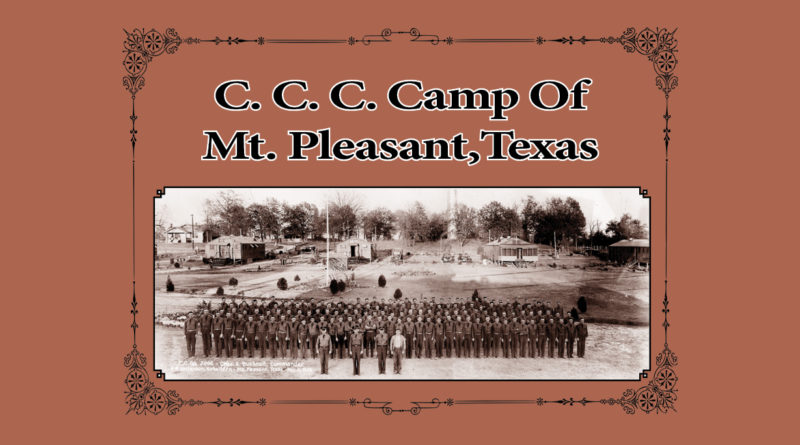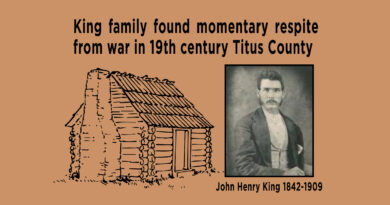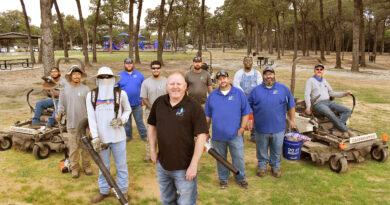Archived CCC photo pegs location of Depression-era work camp on Edwards
Reprinted from the East Texas Journal May 2019 Edition.
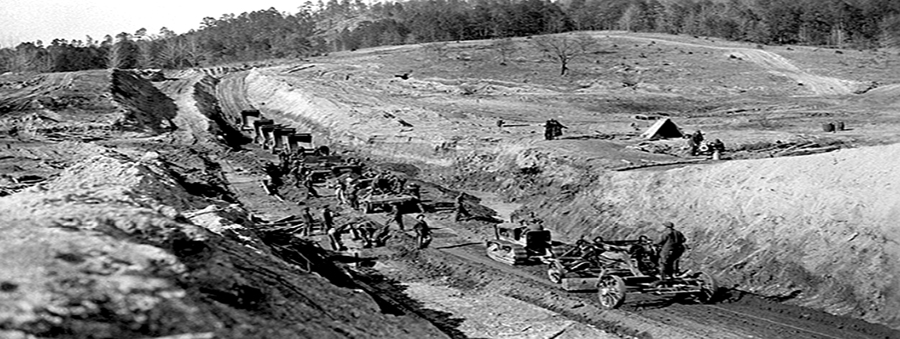
Ed’s note: Sam Ferguson researched and compiled 1930’s news records for this story after Mt. Vernon attorney B.F. Hicks found an archival photo of the Civilian Conservation Corps (CCC) Camp in Mt. Pleasant. A companion public job program, the Works Progress Administration (WPA), administered federal funds employing the out-of-work writers and photographers who documented Great Depression-era life in CCC camps, said Maureen Hill of the Atlanta, Georgia office of the National Archives.
APRIL, 1937 — With the military-style barracks on Edwards Street packed, 141 newly-enlisted workers from Bowie, Camp, Franklin, Morris and Titus County took the train from Mt. Pleasant to camps in West Texas and New Mexico, reported the April 14 local news.
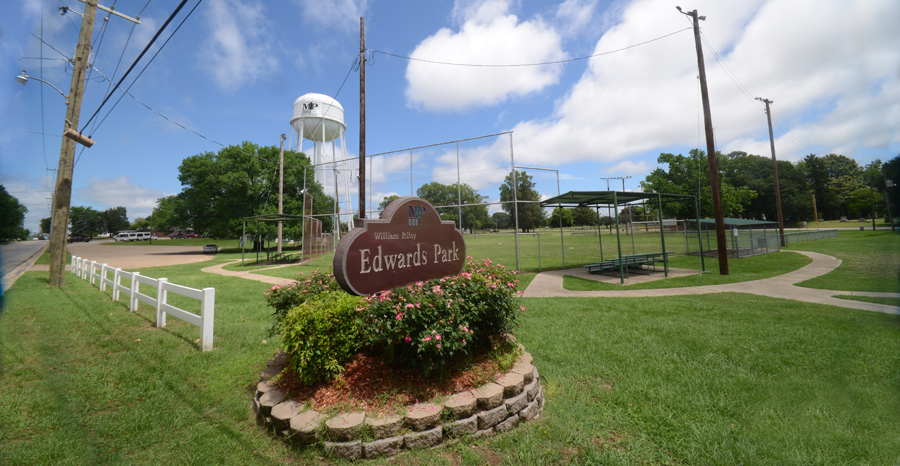
Camp veterans taught them lyrics to the marching songs: “City boy, country boy, take a tip from me / Don’t ever join this outfit, I mean the CCC,” advised a favorite.
Policy required those with financially-distressed families to send most of their $30-a-month salary back home, as reported in the August 30, 1937 Mt. Pleasant Daily Times. A front page story promised 75 new slots for the Mt. Pleasant Camp.

Cash raked off the top of pay for “11,000 white and 1,200 colored” new Texas recruits totaled more than a half million a month going to families back home, “materially relieving the burden that would otherwise be carried by the community,” said the account quoting Adam Johnson, the newly-appointed Director of the Texas Relief Commission to the new federally-funded County Welfare Boards.
Recruiting workers 17 to 23 “in need due to family financial limitations,” the CCC provided labor that built roads, water systems and storm sewers.
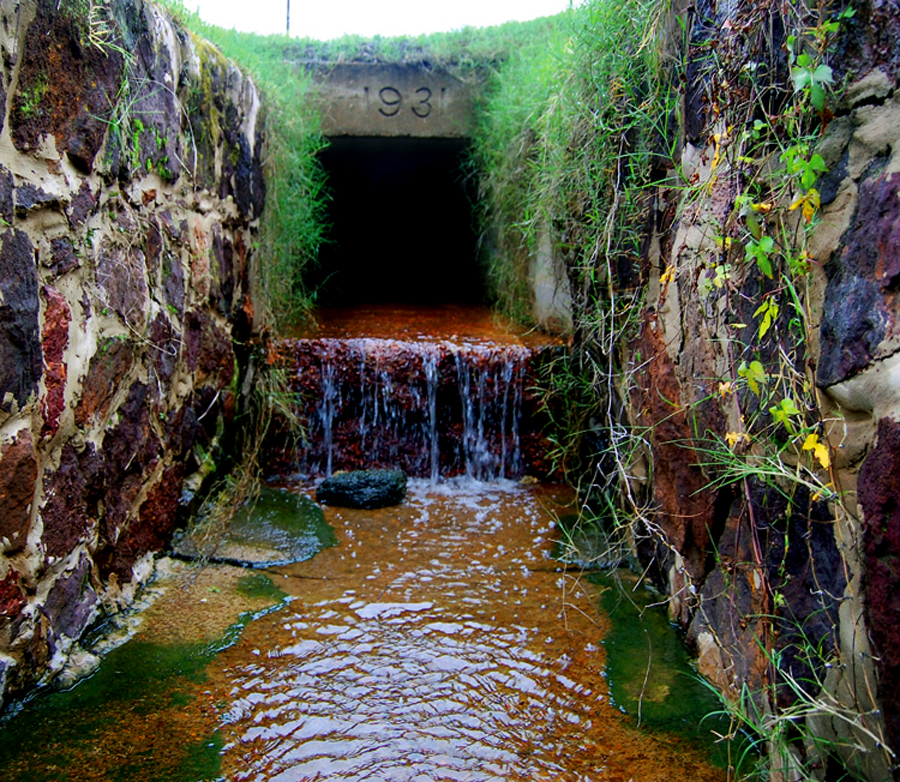
Working with the Soil Conservation Service in Mt. Pleasant they terraced farmland. Near Cookville, they boxed in a spring and installed a gravity fed pipeline.
“My dad showed it to me,” said Dawlton McGregor, 83. “We lived out there on the Hayes Johnson place when I was growing up.”
Veteran officers from World War I were recruited to run the camps. The one-time soldiers then recruited “Locally Employed Men (LEM’s) with experience and expertise” to train recruits. They worked with amazing speed.
Construction of the Mt. Pleasant camp began on August 3 and by September 2 they’d completed a headquarters building, a mess hall and barracks for 200 men, says the account recorded in the 1936 Annual for the Tyler District of the 8th Corps Area.
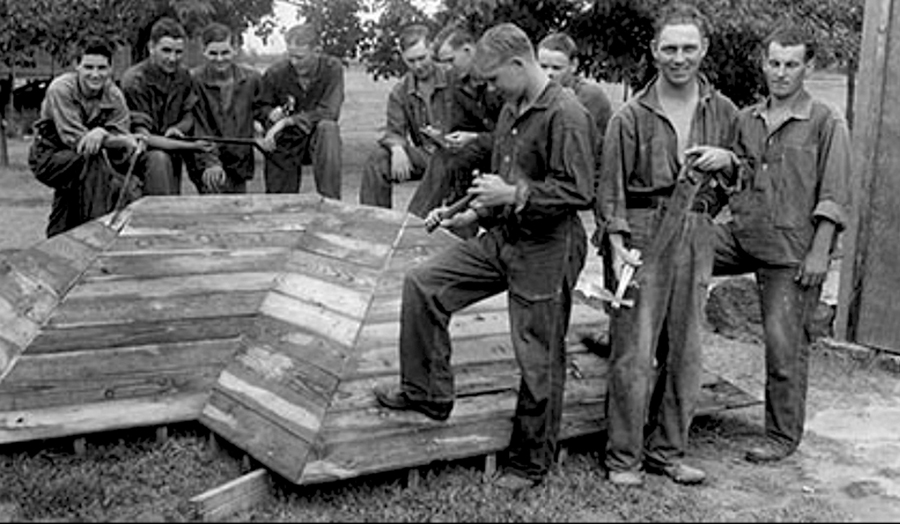
Their camp song griped about the food and the doctors while the newspaper lauded formation of the federal Dental Reserve Corps whose Lieutenant Richard G. Canahan examined 151 men and extracted a number of “diseased teeth” at the Mt. Pleasant Camp, front page news in the March 1, 1937 Times.
In the April 5 edition, Chamber of Commerce President Claude McDonald told of corps working under the direction of the local Soil Conservation Service, terracing farm fields to control erosion. He described the nation’s biggest-ever pubic works programs as “among the greatest movements ever inaugurated in this country.”

In the wake of the October, 1929 stock market crash, the farm-based economy cratered. The CCC and WPA were key parts of the promise of a “New Deal” that won the Presidency for Franklin Delano Roosevelt in 1932.
In an address to Congress early in his second term, “FDR Recommends CCC Be Made Into Permanent Thing,” said the April 5, 1937 Times. Another story in the same edition called for area farmers to attend a mass meeting at the courthouse to discuss a “new organization to be formed in every county in Texas.”
On the front page was a glowing account of 35 dignitaries visiting the Edwards Street camp, enjoying a dinner of steak, potatoes, beans, corn, pickles, ice cream, cake, coffee and ice tea prepared and served by the dining room staff while “the colored orchestra furnished dinner music followed by an afternoon performance by the high school band.”
Mired in debt at Mt. Pleasant city hall where half the tax rate that soared to $1.27 in 1935 went to bond obligations, WPA funds streaming directly into employment programs came with a catch: debate turned lively over $84 in monthly matching money required to qualify for an average $26 montly slary for 53 women in a “city sewing room.”
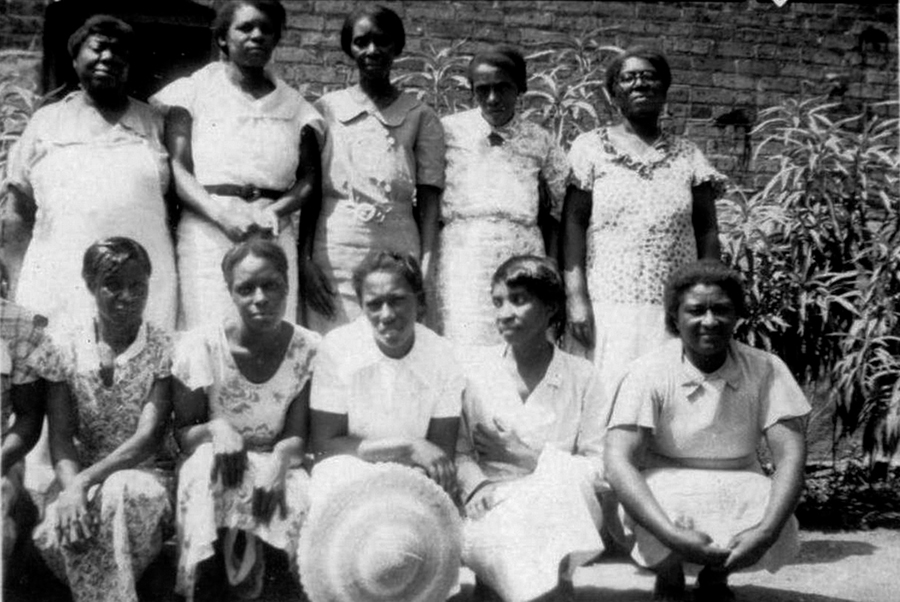
Farmers at the base-line of the local ag-based economy flocked to town to earn 25 cents an hour on infrastructure projects when the money hit city hall. The January 6, 1937 edition the Times said the city would provide WPA-funded labor and the state highway department would provide material for paving streets around East Ward School.
In the March 1 edition it was reported that local CCC Camp Captain William Cox had been recognized by the Corps Area Chairman for the Committee on Use of Radio in Educational Programs broadcast to “various buildings at the camp.”
The camp was located on property owned by George Lilienstern. In the edition reporting FDR’s request to make the CCC a permanent program, Mr. Lilienstern said the camp could use his property for “as long as it’s needed.”
The camp was a local showcase, a venue.

“Luncheon at CCC Camp is Planned for Gene Autry,” read the Times January , 1937 lead story’s headline. “Cowboy Film Star to Be Honored for Visit Here.
“The official personnel of the CCC camp is planning a luncheon at the mess hall next Monday noon in honor of the visit to Mt. Pleasant of Gene Autry, famous cowboy film star, who makes a personal appearan ce at the Martain Theatre for four performances that date.
“The luncheon is in cooperation with county and city officials and the Chamber of Commerce membership and it is hoped that Autry and his company will give a short performance at the camp.
“Autry is very popular with a large following in this section and it is expected that his visit to Mt. Pleasant will be an event of real importance, drawing hundreds of people to the city to witness his show, which is said to be one of the most unique on the road. Mt. Pleasant is the smallest city which he has yet visited, as he is in great demand in the larger cities, always drawing capacity houses where he shows.”
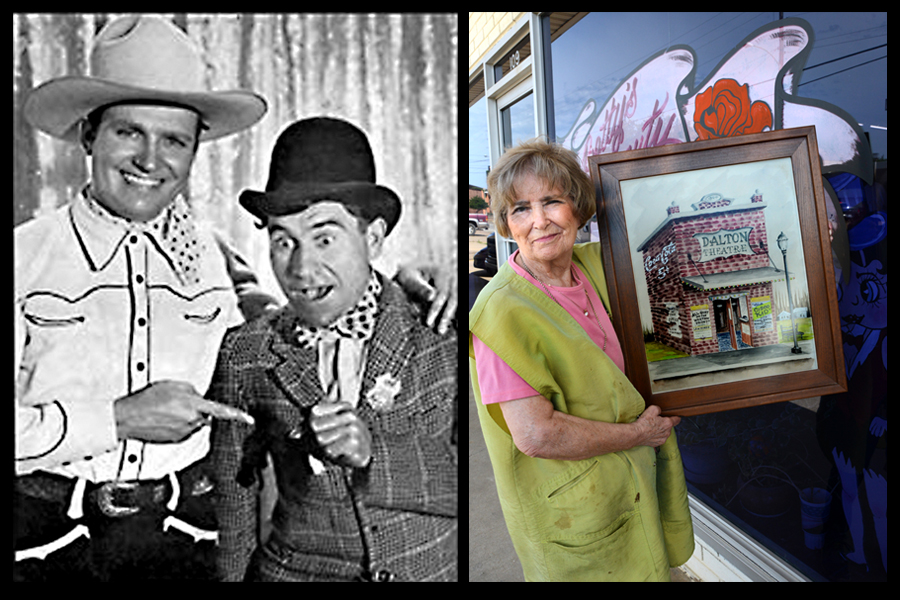
Congress slowed the growth of the Civilian Conservation Corps in the fall of 1937.
“CCC Camp to lose 90 enrollees,” reported the September 3 Daily Times, “as a new law limiting service to two years takes effect.”

